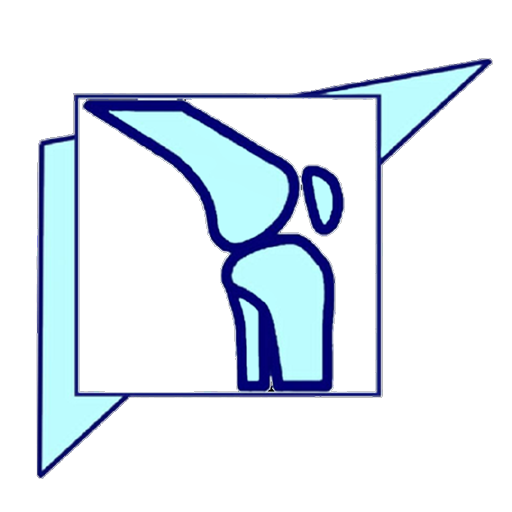

Unicompartmental Knee Resurfacing / Partial Knee Surgery
In a normal knee, bone ends do not touch each other as they are covered by a thin cushion called cartilage – which is seen as a space between the bones on xrays. Arthritis is wear-and-tear of the cartilage in one part of the knee (called ‘compartment’), while the other two remain healthy. In Unicompartmental Knee Resurfacing (or partial knee replacement), only the worn cartilage in one compartment is resurfaced with metal and polyethylene while preserving the rest of the normal knee. By Resurfacing only one compartment at the right time, the normal knee joint is preserved. So, total knee replacement can be avoided or delayed for over 15 years.
UKR is an option for patients who have osteoarthritis that is limited to one compartment of the knee, either the medial (inside), lateral (outside), or patellofemoral (front) compartment. The knee joint has three compartments, and in most cases of osteoarthritis, more than one compartment is affected. However, some patients may have isolated arthritis in only one area of the knee, which causes pain, stiffness, and reduced function.
UKR Patient Review
Frequently Asked Questions :
In UKR, as only worn cartilage in one compartment is resurfaced with metal and polyethylene, the knee is preserved, and TKR can be avoided or delayed for over 15 years. The benefits are - a smaller incision, less pain and swelling, faster recovery, more knee bending, and the knee feels more normal. Results worldwide show that patients after UKR are more satisfied and active than those with a TKR. 90% will not need a TKR in the future but if it is needed, then TKR is easily performed. As UKR is a more difficult operation few surgeons recommend or perform it. We were the first to introduce UKR (in 1997) and perform one of the largest number of UKRs in the world. We have published our techniques and results (see 'Publications'), are involved in designing implants for resurfacing, and run courses to train surgeons in UKR.
When cartilage is worn only in one compartment causing pain, limp, difficulty in walking, and when other treatment (weight loss exercises, medicines and physiotherapy) has failed, UKR is very successful. Of course we perform a detailed examination, and study your x-rays and scans carefully to help you decide if this is the best option for you.
By using the latest techniques, minimally-invasive approach (small cuts) and our fast recovery protocol, you will have very little or no pain, and you will be surprised by the speed of your recovery
Yes, if all tests done beforehand are normal, resurfacing can be safely done in both knees on the same day.
No, there is no need for physiotherapy! There are six simple exercises which will be shown to you to regain full movement, strengthen the muscles, walk normally, and perform daily activities. You will be able to get up and walk right away, returning home within 24 hours.
Success depends on the surgeon's experience and skill. This operation is more technically difficult compared to a TKR and so is performed only by few surgeons in India and around the world. As we have been pioneers in this operation and have considerable experience (10+ years), over 95% of our patients are highly satisfied, and there is an over 90% chance that UKR will last for 8+ years allowing most patients to lead normal, active lives.
Results from around the world are now showing that patients are more satisfied after UKR than TKR as its a smaller cut, almost no pain, full knee movement is possible, with no need for physiotherapy or blood transfusion, and most patients are home the next day. The knee feels more normal and patients are more active. There is a very small chance of requiring a TKR in the future (usually after 15 or more years in 10%) which is easily done. Complications after UKR are much less and rarer than after TKR.
The rest of the joint will last for over 15 years in most patients and the implant itself lasts long.
Complications are almost unheard of after resurfacing. In general, risks are very low if your medical condition is satisfactory.

